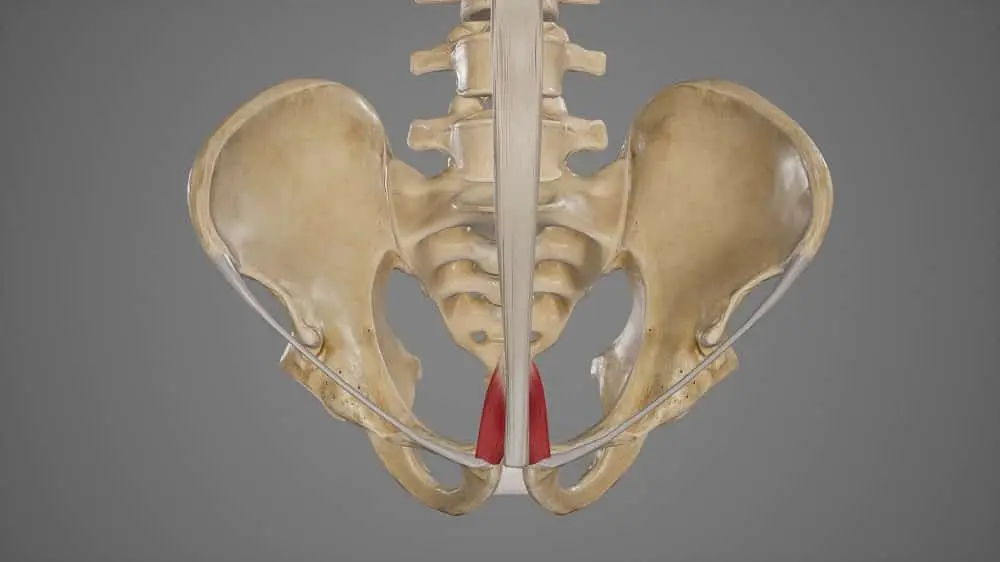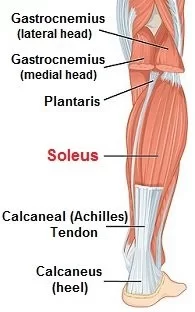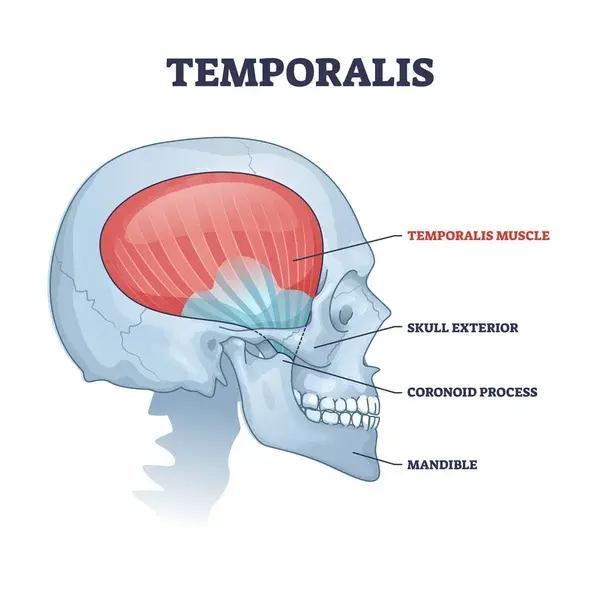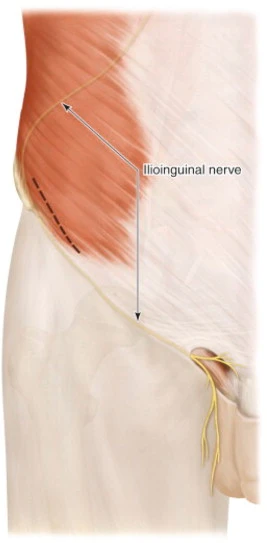Pyramidalis Muscle
What is the Pyramidalis muscle?
The pyramidalis is a pair of triangular muscles on either side of the linea alba in the anterior abdominal wall. The pyramidalis muscle, along with the rectus abdominis muscle, is included in the anterior abdominal muscles according to the narrowest anatomical classification. However, when the functional anatomy of the body is taken into consideration, these two muscles, along with the lateral abdominal muscles, make up the anterolateral abdominal wall; external oblique, internal oblique, and transversus abdominis muscles.
The action of tensing the linea alba, performed by the pyramidalis muscle, is insignificant when occurring by itself. In any case, acting along with the other abs, the pyramidalis muscle adds to contributes stomach wall capabilities, for example, expanding the intra-stomach pressure when essential (for example work, forced expiration, defecation).
Origin and insertion of Pyramidalis muscle
Pyramidalis muscle begins from the pubic symphysis and pubic crest. The piece of the muscle beginning from the symphysis arises from ligamentous fibers, while the bony attachment emerges from tendinous fibers. The muscle belly gets smaller as it goes superiorly and reaches the linea alba, which is halfway between the pubis and the umbilicus.
Relations
The rectus sheath, which is made up of the aponeuroses of the transversus abdominis, internal abdominal oblique, and external abdominal oblique muscles, is a multifaceted fascial compartment in which lies the pyramidalis muscle. The pyramidalis muscle extends superficially from the rectus abdominis muscle’s inferior region.
Innervation
The subcostal nerve, which is the anterior ramus of spinal nerve T12, innervates the pyramidalis.
Blood supply
The inferior epigastric artery’s branches supply the pyramidalis muscle with blood.
Function
Pyramidalis muscle tenses the linea alba. The muscle generally contracts along with the other muscular strength, adding to getting the stomach wall and expanding the positive stomach pressure.
These actions serve two purposes. The first is as a significant defense mechanism, by which compression of the stomach muscles physically protects the stomach organs. The second is to help specific physiological cycles like forced respiration, singing, micturition, and defecation.
Clinical relevance
It is used to mark the midline of the linea alba during surgery, such as a cesarean section.
For the treatment of stress urinary incontinence following a prostatectomy, pyramidalis muscle specimens have been used as a source of striated muscle stem cells after being cryopreserved for an extended period.
can be used for the microsurgical transfer to treat small, stubborn wounds in the foot/ankle area because there is less donor site morbidity with them than there is with traditional free flaps.
There are areas of strength for an association between the pyramidalis muscle and adductor longus ligament through the front pubic tendon, which presents the new physical idea of the pyramidalisanterior pubic ligament adductor longus complex (PLAC).
Pyramidalis muscle exercise
Ab Machine Exercise
During exercises that target the rectus abdominus, particularly its lower portion, the pyramidalis is engaged. While utilizing a stomach muscle machine to focus on this muscle, utilize one that permits you to crunch by moving your upper and lower body for the best outcomes. The seated hip raise crunch machine allows you to raise your knees toward your shoulders as well, whereas some ab machines only work if you flex your spine by bending your upper body forward. Sit with your back against the pad, grip the handles close to your head, and rest your front ankles against the footrests to use this machine. To perform a crunch, simultaneously raise your knees and bend forward.
Pullup Bar Exercise
Another piece of gym equipment that can be used to work the pyramidalis and lower abs is a pull-up bar. Hanging leg raises work your abs by flexing the lower part of your spine vertically as you swing from the bar. Hang from the bar with your palms facing forward and perform a basic hanging leg raise by bending your knees and raising them toward the ceiling while tightening your abs. Depending on your strength, you can perform the basic hanging leg raises with your knees at your waist or chest or even chin level. Performing the exercise without using momentum by swinging is more important than raising your knees.
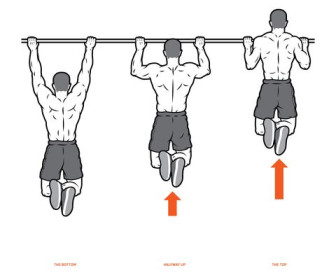
Stability Ball Exercise
Instead of hanging from a bar, you can flex your lower spine in a face-down position by using a stability ball. A stability ball can be used at home or borrowed from a gym. A stability ball doesn’t expect you to introduce it like a pullup bar for your home so is a superior choice if you rent one. An illustration of a lower stomach muscle focusing on practice with a stability ball is the stomach pull-ins. With your shins on the ball, your hands shoulder-width apart on the floor, and your arms straight, position your body parallel to the floor for this exercise. Then, at that point, twist your knees to move the ball forward.
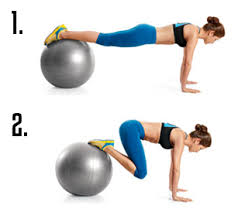
Floor Exercise
Exercise on the floor without equipment is the simplest way to strengthen your pyramidalis and lower rectus abdominus. If you want to make these exercises more difficult, you can always hold a medicine ball or dumbbell, but for simplicity and the least amount of stress on your abs, do them on the floor. An example is the lying reverse stomach crunches. Begin by lying on your back with your legs straight and your hands under your lower back. Then, lift your head as you twist your knees toward your chest and lift your backside an inch off the floor.

FAQ
Does everyone have a pyramidalis muscle?
Eighty percent of people have the pyramidalis muscle. It very well may be missing from one or the other side; After that, it turns out that the size of the lower end of the rectus has increased in proportion. Infrequently, it is multiplied on one side, and the muscles on the different sides are in some cases of uneven size.
How do you know if you have pyramidalis?
Hold your arm out with your palm facing up and close your hand so that you can press your thumb between your middle and fourth fingers to see if you have it. On the off chance that it’s there, the ligament ought to jump out of your wrist marginally.
What is pyramidalis muscle weakness?
‘Pyramidal weakness might be a deception coming about because of manual testing, the regular strength of muscle groups, and the dispersed idea of (once in a while checked) expanded tone in an upper motor neuron lesion. Students, neurology trainees, and, surprisingly, experienced clinicians should presumably not act over the top with it.
Is the pyramidalis in the rectus sheath?
The rectus sheath is paired, and midline abdominal wall muscles are known as the rectus abdominis and pyramidalis muscles.
What is the pyramidalis muscle?
The pyramidalis muscle is a small and triangular muscle that is located anterior to the lower area of the rectus abdominis muscle within the rectus sheath. It is held in place by ligamentous fibers in front of the pubic symphysis and by tendinous fibers that attach to an anterosuperior margin of the pubis.

